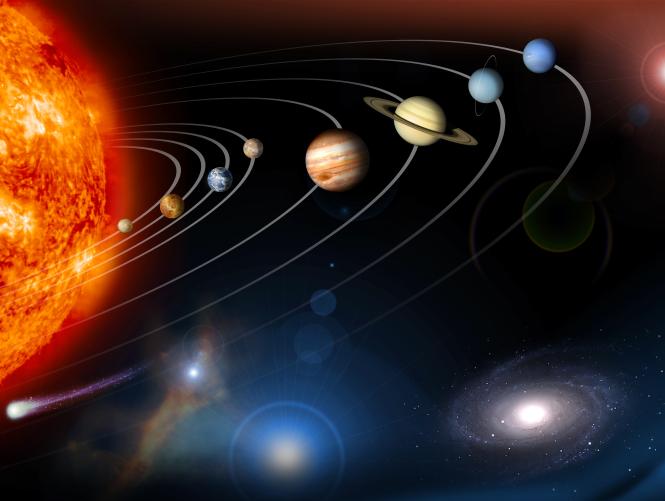Noble gas cosmo- and geochemistry
The volatile elements, i.e. the noble gases, halogens, H, C, N and organic matter as found in the planets including the Earth, asteroids and comets are important tracers of origin, transport and modification of matter in the solar system.
A major aim of our group’s research is to contribute to a better understanding of where, how and when the volatile reservoirs of the solar system formed. We furthermore aim to examine how the noble gases and other volatile elements evolve with time, and use their elemental and isotopic compositions to understand the processes that solar system as terrestrial materials experienced.
Answering these questions will help further our understanding of how the solar system itself and its bodies including particularly the Earth developed to its present form.
To reach these goals, we mainly use laboratory-based mass spectrometry (noble gas but also secondary ion and accelerator mass spectrometry) and correlate it with other (micro-)analytical techniques, e.g., electron microscopy and spectroscopy.
We apply these methods to terrestrial rocks and -usually rare and very small- extraterrestrial samples, including organic matter, micron-sized grains and dust extracted from meteorites, interplanetary dust particles, as well as cometary and asteroidal samples recovered by missions or collected in the upper terrestrial atmosphere.
Research themes
Research currently performed in the noble gas laboratory can be summarised in the following main themes:
Contact
- Location location_onNW C 84
- Phone phone+41 44 633 82 28
- Fax print+41 44 632 11 79
- web_asset Detail page
Inst. für Geochemie und Petrologie
Clausiusstrasse 25
8092
Zürich
Switzerland


